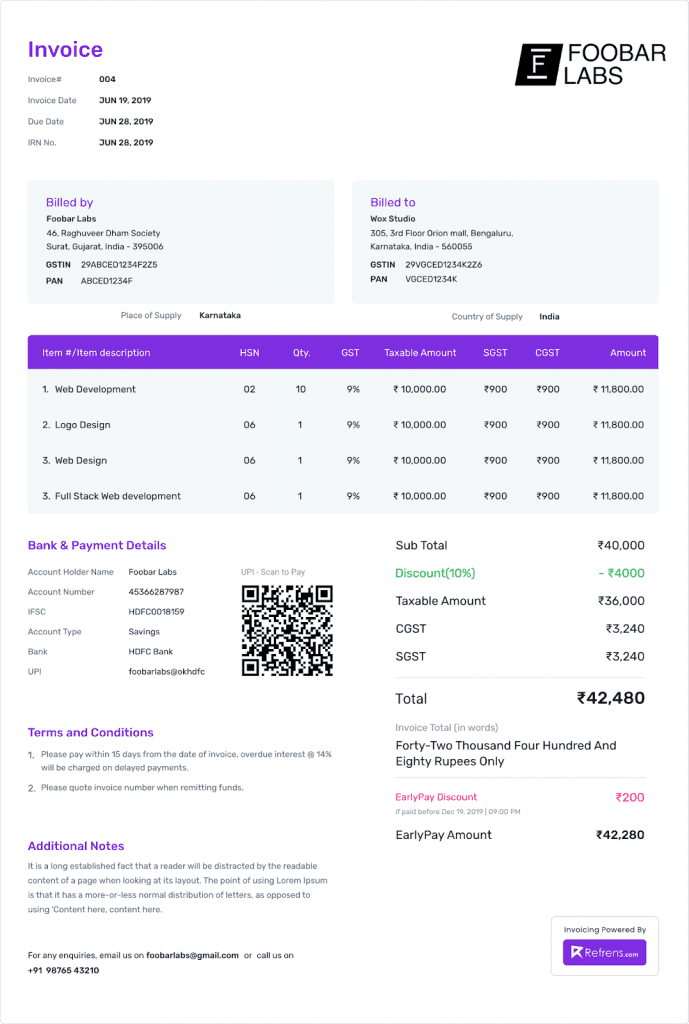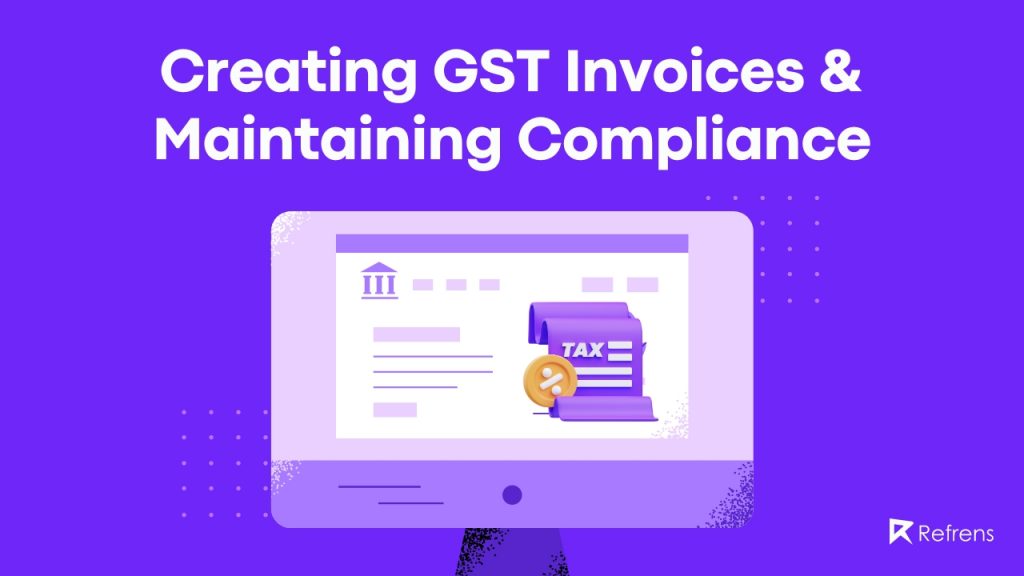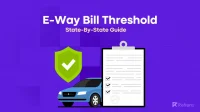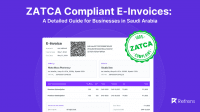Creating GST invoices is a crucial aspect of maintaining tax compliance for your business. In this article, we will understand tax invoices, different types of taxes, and how to create a GST invoice using invoicing software to ensure your business is compliant with the guidelines.
What Is A Tax Invoice?
A tax invoice is a document issued by a seller to a buyer that contains detailed information about a taxable sale, including the goods or services provided, the total amount payable, and any applicable taxes. Tax invoices serve as evidence of a transaction and are necessary for both parties to claim input tax credits or deductions, where applicable.
Navigating GST, VAT, and Sales Tax for Invoices
Understanding the various types of taxes that apply to your invoicing process is crucial for maintaining tax compliance and accurate financial management. For taxpayers, it’s essential to distinguish between GST, VAT, and sales tax and know how to handle these taxes on your invoices.
Goods & Services Tax (GST)
GST is a value-added tax levied on the supply of goods and services. It is a comprehensive, destination-based tax that is applied at each stage of the supply chain, with the tax burden ultimately borne by the end consumer. In the GST system, businesses are required to collect GST from customers and remit it to the government.
Value-Added Tax (VAT)
VAT is similar to GST in that it is a consumption tax applied to the value added at each stage of the production and distribution process. VAT systems are commonly used in many European countries. Businesses must charge VAT on their sales and can claim input VAT credits for VAT paid on their purchases.
Sales Tax
Sales tax is a consumption tax levied on the sale of goods and services at the point of sale. Unlike GST and VAT, sales tax is typically applied only once, at the final point of sale to the end consumer. Sales tax rates and regulations vary by jurisdiction, with some locations having different rates for different types of products or services
How To Create GST Invoices?
Creating a GST invoice is essential for businesses in countries where this tax system is implemented, such as India or Australia. A GST invoice serves as a record of a transaction and is legally required for tax compliance.
Here’s a step-by-step guide to creating a GST invoice:
1. Choose A Format
You can create a invoice using various formats such as Microsoft Word, Excel, or specialized invoicing software. Choose a format that suits your needs and is easy to maintain and manage.
Refrens’ GST invoice maker can help you create GST invoices in as little as 2 minutes. Over 2 million invoices have been created by 150k+ users with Refrens online invoice generator.
2. Include Your Business Details
Your GST invoice should have the following business details:
- Business name and address
- GST Identification Number (GSTIN)
- Contact details (phone number, email address, website)
3. Include Your Customer’s Details
- Customer name and address
- GSTIN (if applicable)
- Contact details (phone number, email address)
4. Invoice Details
Include the following invoice-specific details
- Invoice number (unique and sequential)
- Invoice date
- Due date (if applicable)
5. Product or Service Details
List each item in the invoice with the following information:
- Description of goods or services
- HSN (Harmonized System Nomenclature) or SAC (Service Accounting Code) code, if applicable
- Quantity, the unit of measurement, and rate per unit
- The total taxable value of each item (quantity multiplied by the rate per unit)
6. Apply GST Rates
Apply the appropriate GST rates (CGST, SGST, or IGST) based on the nature of the transaction (interstate or intrastate) and the applicable tax rates. Calculate the tax amount for each item and include it in the invoice.
7. Calculate The Invoice Total
Add up the total taxable value and the total tax amount (CGST, SGST, and IGST) to calculate the invoice total. If any discounts, shipping fees, or other charges apply, include them in the total as well.
7. Payment & Shipping Details
Include any relevant payment and delivery information, such as payment terms, payment methods accepted, and shipping information.
9. Additional Information
Add any additional information or notes, such as return or refund policy, warranty details, or terms and conditions.
10. Save & Share The Invoice
Save the invoice in a suitable format (PDF, Excel, or Word) and share it with your customer through email, print, or any other preferred method. Also feel free to convert PDF to Excel afterward if necessary without sacrificing the quality of the already downloaded file formats.
Remember to maintain records of all GST invoices for tax compliance and audit purposes.
Sample GST Invoice Template
If you don’t know how to create GST invoices, Refren’s GST billing software can help you get started in minutes. Here’s what a sample GST Invoice created using Refrens looks like:

Maintaining Compliance
Tax rates and regulations can change over time. It’s important to stay informed about any changes in your jurisdiction to ensure that your invoicing practices remain compliant and accurate.
- Keep accurate records of all your invoices, including tax amounts collected and paid. This will help you prepare and file accurate tax returns, claim input tax credits or deductions, and comply with tax regulations.
- As a seller, you must issue a tax invoice for every taxable sale made to a customer. As a buyer, you should receive a tax invoice for every taxable purchase made by a supplier. Ensure that the tax invoices you issue and receive meet the necessary requirements to maintain tax compliance and facilitate accurate tax reporting.
- If you are a business engaged in international transactions, it’s essential to understand the tax invoicing requirements of the countries in which you operate. This may involve complying with different tax rates, currency considerations, and local invoicing regulations.
By understanding the different types of taxes that apply to your invoices and implementing correct invoicing practices, you can maintain tax compliance and ensure accurate financial management for your business.
That’s it then! Hope you now have an understanding of how to create GST invoices easily and quickly! If you want to learn more about Invoicing, do check out our comprehensive invoicing guide to invoice like a pro!
Discover the steps to create a GST invoice in Shopify effortlessly learn everything you need to know in simple terms.


















